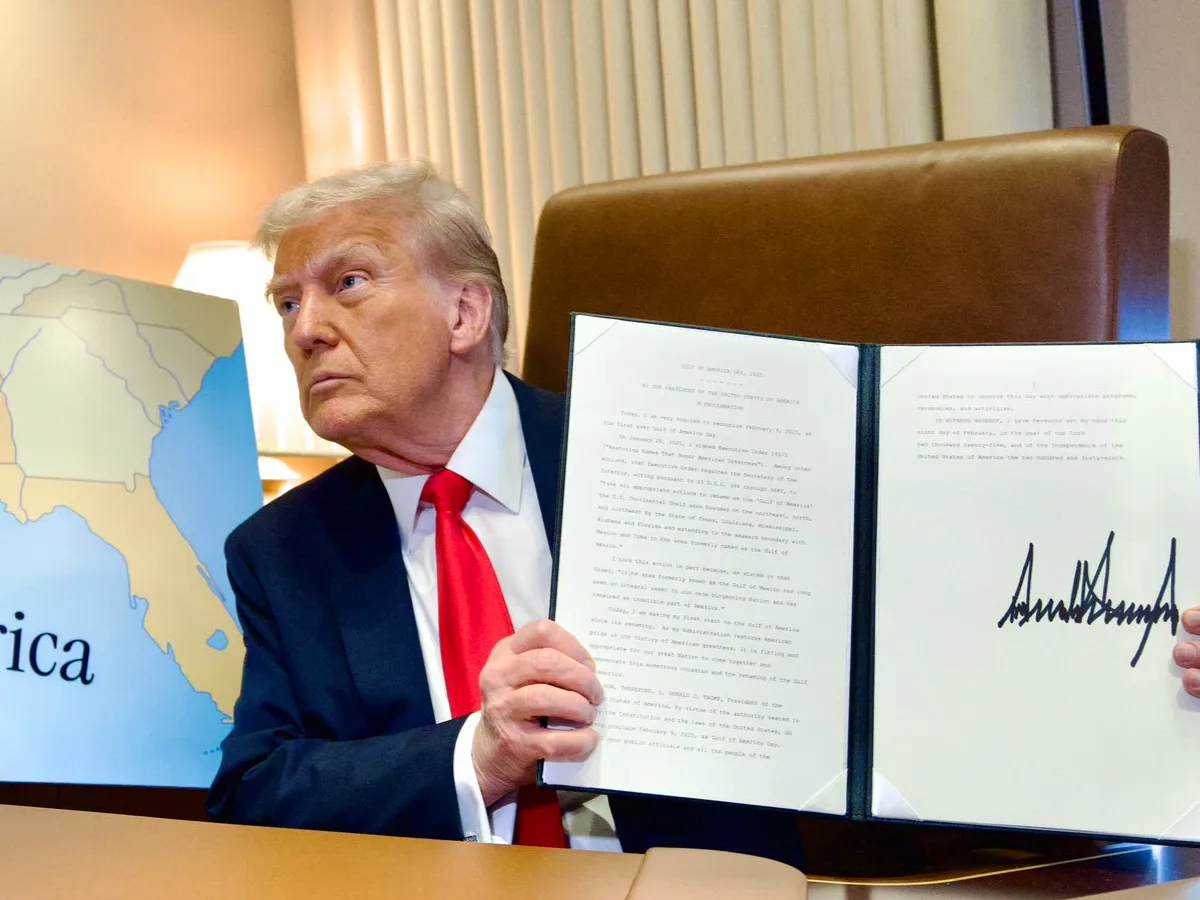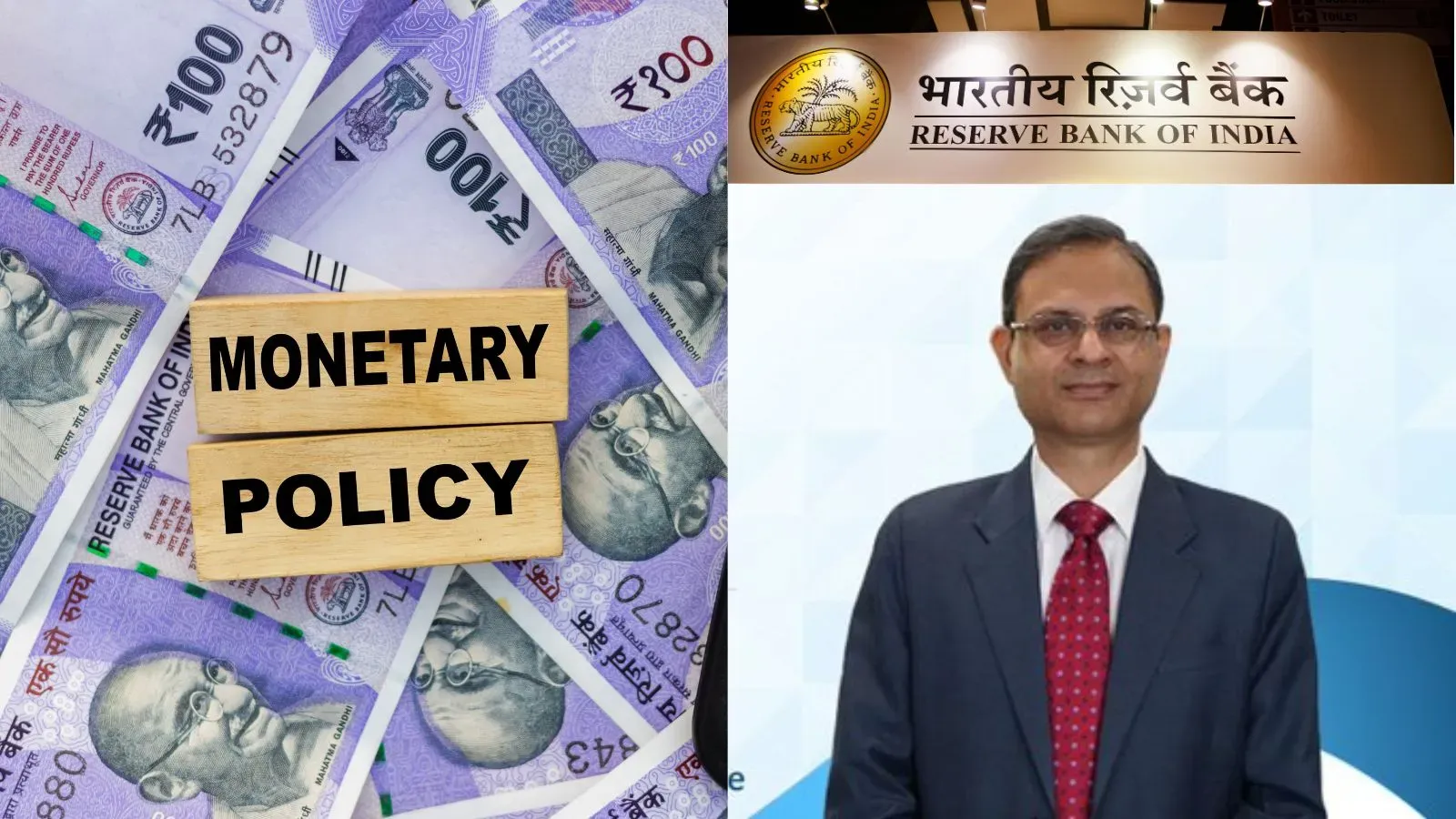Business News
Trump's April 2 deadline: What do reciprocal tariffs mean for India? How's govt navigating challenge?

6 min read | Updated on April 02, 2025, 09:30 IST
SUMMARY
Trump argues that the tariffs will protect American workers, but experts warn of possible disruptions to global trade.

US President Donald Trump wants to announce import taxes, including “reciprocal” tariffs that would match the rates charged by other countries and account for other subsidies.
US President Donald Trump is set to announce a sweeping reciprocal tariff on Wednesday at a formal event in the White House Rose Garden to counter what his administration calls decades of unfair trade practices by other nations.
The plan, described as a historic shift to protect American workers and industries, will introduce “country-based” tariffs, with sectoral duties to follow at a later date.
White House Press Secretary Karoline Leavitt told reporters the announcement would focus on addressing trade imbalances that have long disadvantaged the US.
“The president will be announcing a tariff plan that will roll back the unfair trade practices that have been ripping off our country for decades,” she said. “It’s time for reciprocity and it’s time for a president to take historic change to do what’s right for the American people.”
Details of the tariff rates and targeted countries remain under wraps as Leavitt declined to elaborate on specifics.
When pressed on whether American farmers reliant on imported goods might see exemptions, she said there are “no exemptions at this time” but deferred further questions to Trump’s Wednesday remarks.
Cabinet members, including Commerce Secretary Howard Lutnick, Treasury Secretary Scott Bessent, and US Trade Representative Jamieson Greer, are expected to attend the event, alongside trade advisors Peter Navarro, Kevin Hassett, and Deputy Chief of Staff for Policy.
On Sunday, Trump said reciprocal tariffs would apply to “all countries”, countering speculation he could exempt some trade partners.
Yet on Monday, he tempered expectations of immediate clarity, teasing, “You’re going to see in two days, which is maybe tomorrow night or probably Wednesday.”
He described the tariffs as a kinder countermeasure to foreign levies, saying, “Whatever they charge us, we charge them, but we’re being nicer than they were. The numbers will be lower than what they’ve been charging us, and in some cases may be substantially lower.”
Mounting trade tensions with India
On Tuesday, the US Trade Representative (USTR) released its 2025 National Trade Estimate Report, which singled out India for maintaining “high” import duties on American goods, alongside non-tariff barriers like import bans and mandatory domestic testing.
According to trade experts, most of the issues are repeats of earlier reports, and few have been resolved already.
"India maintains high applied tariffs on a wide range of goods, including vegetable oils (as high as 45 per cent); apples, corn, and motorcycles (50 per cent); automobiles and flowers (60 per cent); natural rubber (70 per cent); coffee, raisins, and walnuts (100 per cent); and alcoholic beverages (150 per cent)," the report said.
In addition, India maintains "very high" basic customs duties on drug formulations, including life-saving drugs and finished medicines listed on the World Health Organisation's list of essential medicines.
"High tariff rates also present a significant barrier to trade in other agricultural goods and processed foods (like poultry, potatoes, citrus, almonds, pecans, apples, grapes, canned peaches, chocolate, cookies, frozen french fries, and other prepared foods used in fast-food restaurants)," it added.
The report criticised India’s flexibility to adjust tariffs unpredictably, averaging 113.1% on agricultural products under World Trade Organization rules, creating “tremendous uncertainty” for US exporters.
US-India trade talks
India and the US have been holding multiple rounds of trade talks amid Trump’s tariff threat.
Following trade discussions in New Delhi from March 26-29, 2025, with US officials, both sides agreed to pursue a Bilateral Trade Agreement (BTA) targeting $500 billion in trade by 2030, a goal set during Prime Minister Narendra Modi’s February visit to Washington. The talks, which followed Union Commerce Minister Piyush Goyal’s earlier trip to the US, aim to finalise an initial tranche by fall 2025.
"In order to realize the shared objective of promoting growth that ensures fairness, national security and job creation, both sides have through four-days of discussions in New Delhi broadly come to an understanding on the next steps towards a mutually beneficial, multi-sector Bilateral Trade Agreement (BTA), with the goal to finalize its first tranche by fall 2025," the commerce ministry said in a statement on Saturday.
Sector-specific expert engagements for the bilateral trade agreement will begin virtually in the coming weeks, followed by an in-person negotiating round, the joint statement said.
Despite the diplomatic overtures, Indian industry leaders are bracing for fallout.
A senior government official described domestic firms as “paranoid” about Trump’s tariff threat, flooding the government with pleas for safeguards, reported PTI.
With the US accounting for 18% of India’s goods exports—totaling a $35.32 billion trade surplus for America in 2023-24—any retaliatory duties could sting.
What are reciprocal tariffs?
Trump’s plan hinges on a simple premise: mirror the tariffs other countries impose on US goods to level the playing field. He has long blamed low US tariffs for a $1 trillion annual trade deficit, arguing they hobble American industries.
“They took advantage of us, and we are going to be very nice by comparison to what they were,” the US president said on Monday.
Experts, however, caution the approach oversimplifies complex trade dynamics.
Impact on India
Ajay Srivastava, founder of the Global Trade Research Initiative (GTRI), argued that India’s actual tariffs on US goods are far lower than claimed, compared to the 2.8% India faces in the US.
The exact scope of the reciprocal tariffs remains unclear—whether they will target specific products, entire sectors, or apply uniformly across all Indian exports.
A uniform tariff hike, Srivastava estimated, might add just 4.9% to Indian exports. But sector-specific levies could hit harder: a 32.4% jump for agriculture and 3.3% for industrial goods, with dairy facing up to 38.23% and pharmaceuticals 10.9%.
For India, the stakes vary by sector.
Shrimp exports ($2.58 billion) could lose competitiveness with a 27.83% tariff hike, while pharmaceuticals ($12.72 billion) and diamonds ($11.88 billion) face 8.6% and 13.3% increases, respectively. Garments ($4.93 billion) and petroleum ($3.33 billion), however, might escape unscathed due to existing US duties exceeding India’s.
From 2021-22 to 2023-24, the US was the largest trading partner of India. The US accounts for about 18% of India's total goods exports, 6.22% in imports, and 10.73% in bilateral trade.
Experts warn that assessing the full impact is far from straightforward. Beyond tariffs, the US could factor in non-tariff barriers, GST, and currency fluctuations, adding layers of complexity to the policy.
For American consumers, higher import costs could follow, though Trump’s team insists the focus is on protecting jobs. Leavitt framed the move as a long-overdue correction, saying, “These countries have been ripping off our nation for far too long, and they’ve made their disdain for American workers quite clear.”
By signing up you agree to Upstox’s Terms & Conditions
About The Author
Next Story

